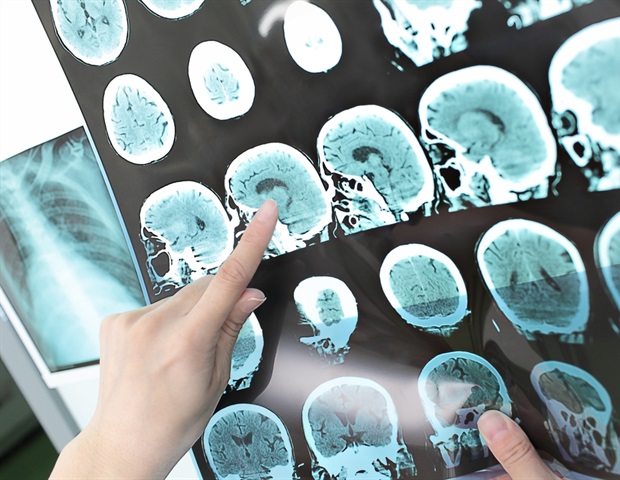
Imagine struggling to see, listen, or make movements in half of your environment. This is typical for individuals who suffer from unilateral spatial neglect, a common post-stroke deficit of attention to objects or events on the side opposite of the brain injury. The condition has a major impact on the everyday lives of stroke survivors and has shown to be a strong predictor of disability.
Unilateral spatial neglect affects 29 percent of stroke survivors, yet detection and rehabilitation of this condition are lacking. A team of researchers from the University of Pittsburgh and Northeastern University received a combined $1,181,757 from the National Science Foundation to develop a brain-computer interface (BCI) system that will be implemented in augmented reality, allowing for better detection, assessment, and rehabilitation of unilateral spatial neglect.
Current detection methods are limited and do not account for changes in severity over time, and while rehabilitation may help reduce neglect, it less effective at reducing neglect-related disability. Incorporating everyday tasks with effective rehabilitation strategies may be the best way to improve the quality of life for this population.
Murat Akcakaya, assistant professor of electrical and computer engineering in the Swanson School of Engineering
The research team plans to focus on visual neglect and address the shortcomings of current rehabilitation by reaching beyond the clinical setting and taking activities of daily living into account. They will develop a noninvasive, portable, and cost-effective tool that can be used to help guide rehabilitation programs in real-time.
Akcakaya will lead a $787,594 award in collaboration with Pitt colleagues Elizabeth Skidmore, chair and professor of occupational therapy, and George Wittenberg, professor of neurology. Sarah Ostadabbas, assistant professor of electrical and computer engineering at Northeastern University, received a $394,163 award for her contribution to the project.
Our BCI system will monitor brain activity in real-time through electroencephalography (EEG), which will be used to detect when visual extra-personal space is neglected. "The system will be integrated into an augmented reality environment, which allows testing in real-world situations with relevance to everyday tasks.According to the research team, evidence suggests that high-intensity repetition with progression in the task skill level may be the most effective strategy for stimulating attention to the neglected side of the body.
George Wittenberg, professor of neurology
"Our system, which includes haptic, auditory, and visual stimulation, will expand on current rehabilitation by using EEG monitoring to automatically detect neglect and apply stimulation repetitively as soon as it is identified," said Skidmore, who is also associate dean of research in the School of Health and Rehabilitation Sciences. "This personalized intervention strategy, incorporated with activities of daily living, will be a more precise and cost-effective tool for clinicians to use with these patients."
Unilateral spatial neglect can be a costly side effect of stroke. It is associated with longer stays in the hospital, extensive therapy, and other disadvantages related to long-term disability.
Akcakaya said:
We hope that this system, which uniquely couples augmented reality technology with EEG monitoring, will improve the rehabilitative process, decrease the financial burden, and ultimately, provide more independence to stroke survivors.
University of Pittsburgh






No comments
Post a Comment